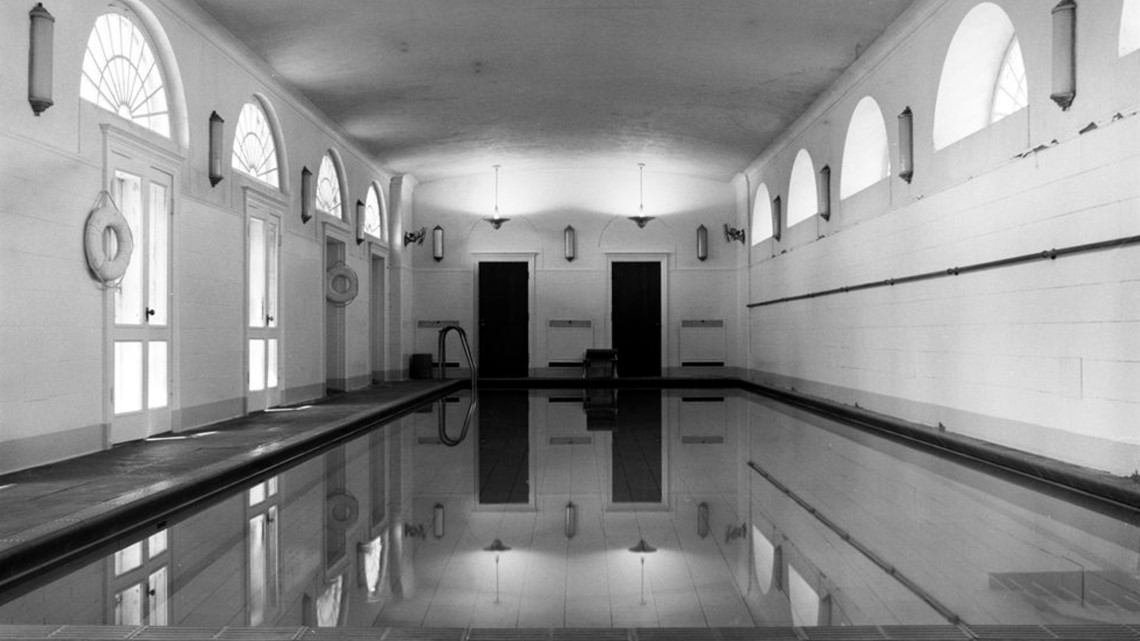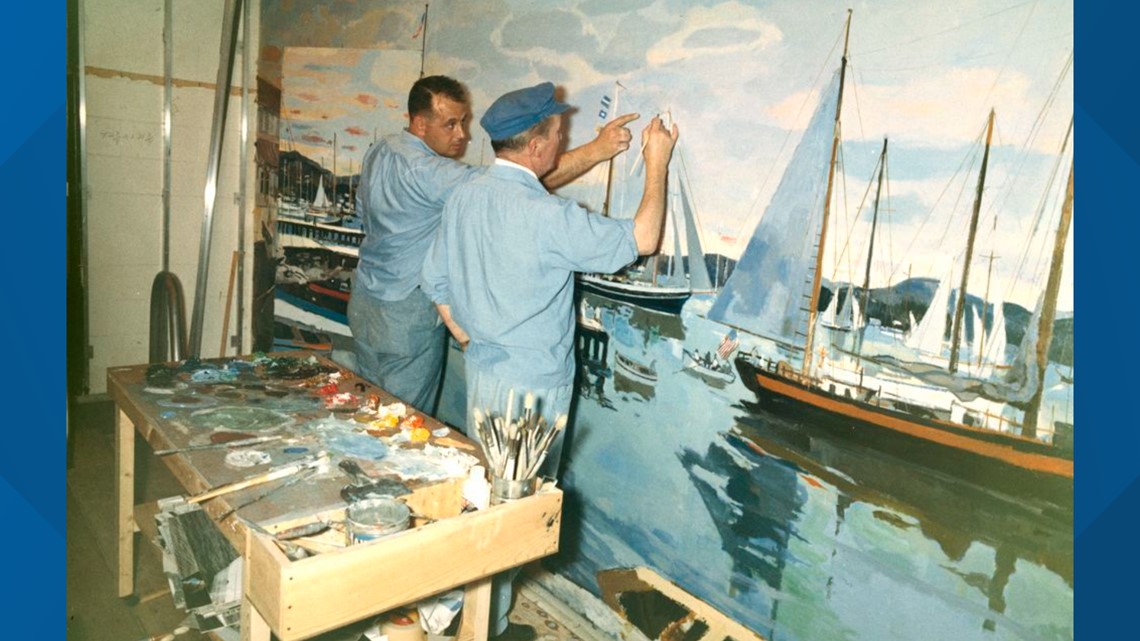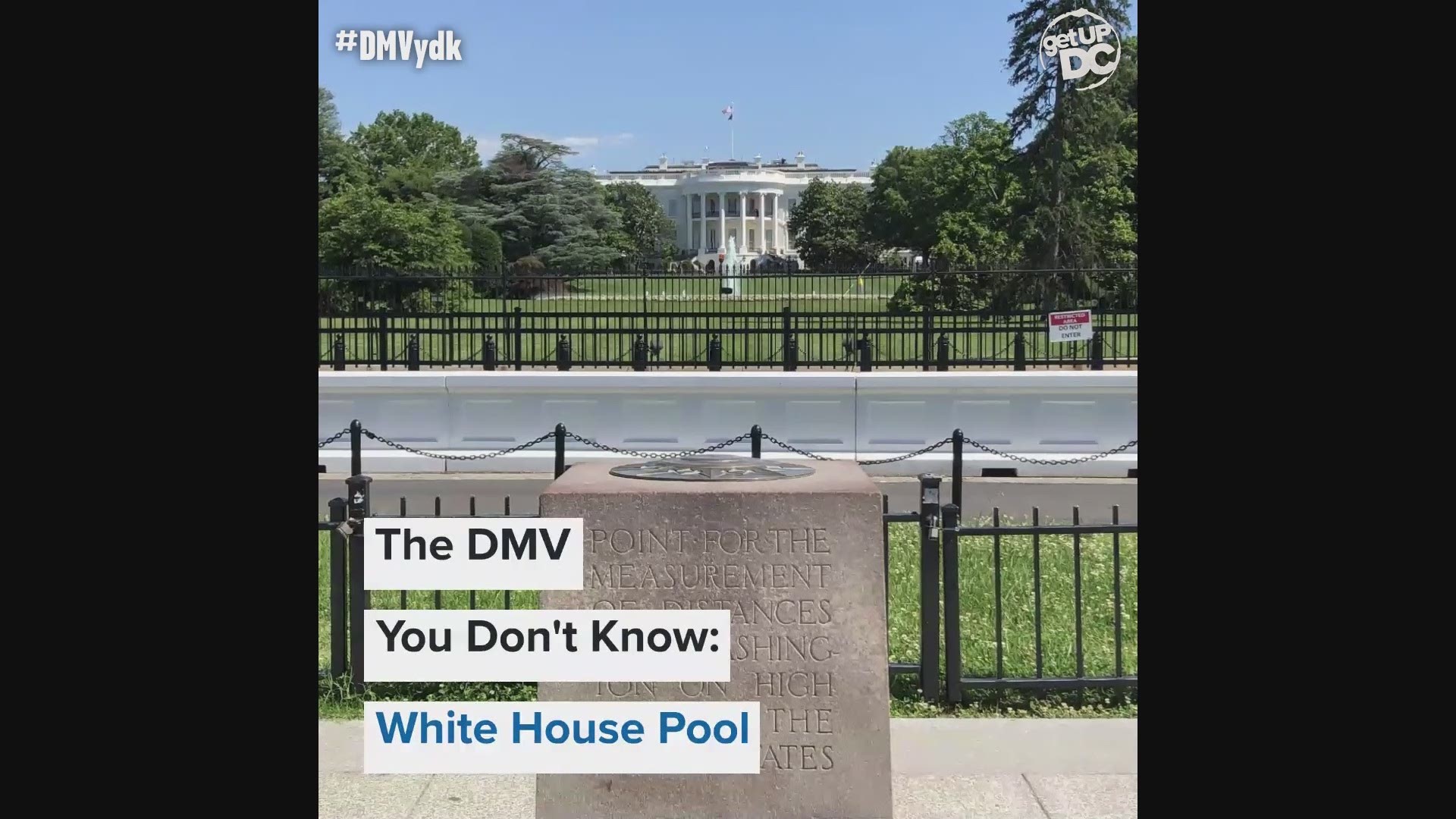WASHINGTON — The White House has seen a lot of changes in its 220 year history, but the interiors change more rapidly than the exterior.
At the start of Franklin Delano Roosevelt’s presidency in 1933, a campaign began to raise money for building the president a swimming pool at the White House. FDR suffered from Polio and would often swim in therapy pools at his home in New York or at a center in Warm Springs, Georgia.
The campaign was successful, and later that year, the indoor swimming pool was constructed and installed in the West Gallery, removing an older laundry room.


Multiple presidents and their families enjoyed the swimming pool including President John F. Kennedy. In 1961, JFK’s father gifted him a Caribbean seaside mural to be painted along three of the walls of the pool. President Kennedy was noted to swim twice a day and held races with cabinet members.


As presidents changed, so did the White House.
President Richard Nixon was more of a bowler than a swimmer, and he wanted to add more room for growing radio and television media.
Nixon had the pool covered with a new floor and the room was converted into a new Press Briefing Room in 1970. Prior to the press room, media would often crowd into the Oval Office or pack hallways to ask the president questions.
The Press Briefing Room has been renovated multiple times, once during the Reagan administration and again in 2007 during the Bush administration. It was officially renamed the James S. Brady Press Briefing Room on February 11, 2000, to honor the former press secretary who was shot and paralyzed during an assassination attempt on President Reagan.
Under the press room is the “basement,” which is the original pool, still structurally intact. It houses computer servers, along with over 500 miles of cable and fiber optic wires to accommodate the media.
Tiles sitting in the pool walls have been signing by various celebrities, dignitaries, media and members from past administrations.

